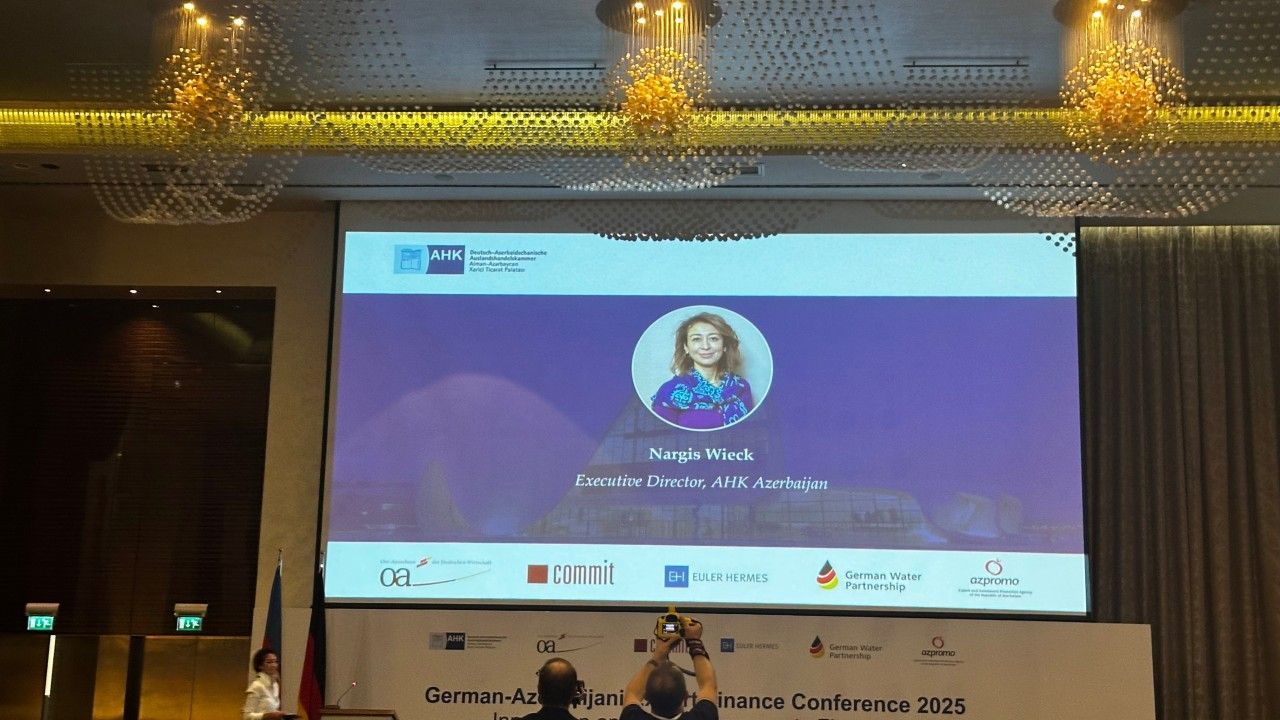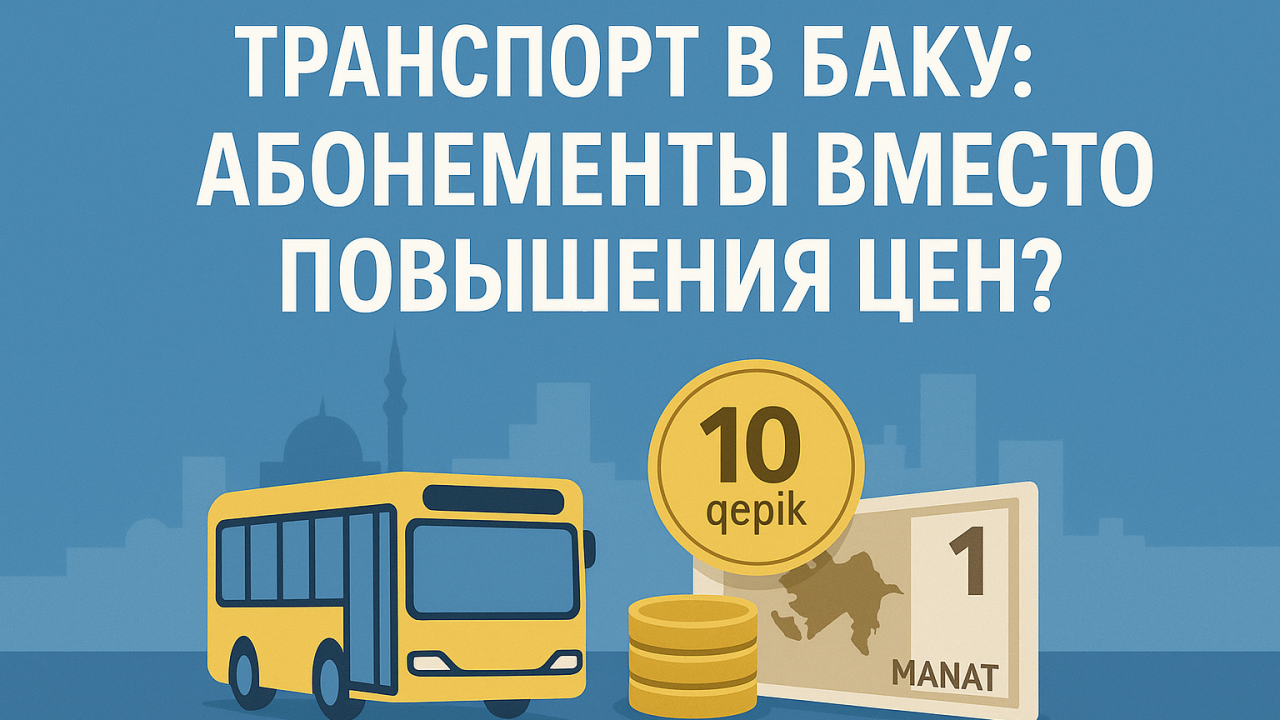Beyond Oil: How Azerbaijan can build a Currency-Generating Tech Economy
October 11, 2025

Introduction: A Turning Point for Azerbaijan’s Economy
Azerbaijan is entering a new economic era. For decades, national stability was built on oil revenues. Today, this foundation is weakening: oil output is declining, public spending continues to rise, and inflation erodes household income.
This is not a temporary difficulty — it’s a structural transformation. The old model of “oil equals stability” no longer works as it once did. To remain resilient, Azerbaijan must do what many successful nations have already done: turn intellect, technology, and innovation into new export resources.
Why the Old Model No Longer Works
For years, Azerbaijan successfully balanced oil exports with strong social spending. But three key shifts have changed the equation:
1️⃣ Falling oil production.
In the past five years, output has dropped by about 20%. This is the natural consequence of aging fields, higher extraction costs, and a global shift toward green energy.
2️⃣ Rising government expenditures.
Social obligations, infrastructure, defense, and digital transformation demand ever-growing funds. Budgets expand, while sources of hard-currency income remain limited.
3️⃣ High import dependence.
Medicines, technology, vehicles, equipment — much of what Azerbaijan consumes is imported in foreign currency. Every fluctuation in the dollar exchange rate immediately affects the cost of living.
The result: the country spends hard currency on imports while earning it mostly from raw exports. That is the essence of economic vulnerability.
Currency Today Means Selling Intelligence, Not Oil
Modern economies are measured not by the number of wells, but by the number of ideas they export. Today, the world’s most valuable exports are not barrels of oil, but digital platforms, software, education, consulting, and creative content.
Nations without natural resources — Singapore, Israel, Estonia — have built strong reserves through technological exports. They sell the results of their intellect.
Azerbaijan can do the same. The country already has digital infrastructure, educated professionals, international access, and a strategic geographic position. What’s missing is scale — the transformation of potential into an innovation-driven economy.
The Currency Equation: Where the Money Flows Out
Let’s look at the currency structure more closely:
- Around 80% of foreign-currency inflows come from oil and gas;
- 10–12% from agriculture and processing;
- 5–7% from transport and logistics;
- less than 3% from digital and intellectual exports.
Meanwhile, imports of high-tech goods exceed $8 billion annually. In simple terms: Azerbaijan buys technologies instead of selling them.
The next strategic goal should be clear:
replace part of this import dependence with technology-based export earnings.
Global Examples: Who Has Already Done It
🇮🇱 Israel — “The Startup Nation”
Israel has no oil but exports over $50 billion in technology annually.
Its success comes from a strong link between R&D, venture capital, and state support.
The government became an investor, not just a regulator.
🇪🇪 Estonia — A Digital Government as an Export
Estonia turned its own e-governance system into a global product.
Its e-ID and cybersecurity solutions are used by other nations.
Today, nearly 10% of Estonia’s budget comes from IT services and exports.
🇸🇬 Singapore — Currency Without Oil
Singapore’s model combines financial discipline with digital services and fintech exports.
In two decades, it became a regional currency-stability hub — without any natural resources.
🇰🇿 Kazakhstan — Building a Regional Tech Hub
Kazakhstan launched the Astana Hub in 2018, uniting startups from across Central Asia.
Over 100 companies now export IT products, creating a new source of non-oil revenue.
Five Strategic Areas for Azerbaijan’s Tech Export Growth
Here are five practical areas where Azerbaijan can realistically generate foreign currency through technology and innovation.
1️⃣ IT and SaaS Products
Software exports are among the world’s most profitable export categories, with margins reaching 60%. By developing IT clusters that serve global clients — similar to Armenia’s TUMO or Kazakhstan’s Astana Hub — Azerbaijan can turn coding and digital services into a major hard-currency stream.
2️⃣ Artificial Intelligence (AI-as-a-Service)
AI is becoming the backbone of the global economy. Countries that fail to develop local AI platforms will end up buying intelligence instead of selling it. Azerbaijan can export region-focused AI solutions — for logistics, ecology, medicine, education, and governance. Even small AI startups can generate contracts worth hundreds of thousands of dollars annually.
3️⃣ Geospatial and 3D Technologies
Azerbaijan already has strong capabilities in 3D scanning, GIS, and Smart City solutions. These are in high demand across infrastructure, construction, and land management sectors. The global market for digital twins exceeds $50 billion and is growing by 20% annually. Azerbaijan can take a share by exporting 3D mapping, cadastral systems, and digital modeling services.
4️⃣ Online Education and Consulting Exports
The global online education market exceeds $400 billion. Azerbaijani experts in management, psychology, technology, and innovation can build educational platforms in English, Russian, Azerbaijani, and Turkish, exporting knowledge directly. Digital academies and consulting services can become a stable foreign-currency flow based on intellectual value, not physical goods.
5️⃣ Creative and Digital Content Industries
Design, video, animation, gaming, and music have become global export commodities. Platforms like YouTube, Fiverr, Upwork, and Behance let Azerbaijani creators earn in foreign currency. With state-backed creative funds and training programs, the creative economy could generate hundreds of millions of dollars annually while strengthening the country’s global image.
How Technology Strengthens Currency Stability
Digital exports provide a steady, low-cost inflow of hard currency.
They require minimal logistics, no shipping, and are infinitely scalable.
Each software license or online product sold abroad brings pure currency inflow — a direct strengthening of the manat.
Beyond the macroeconomic impact, tech exports create skilled jobs for youth, slow emigration, and form a new middle class of knowledge professionals.
The Role of Government and the Private Sector
A technological economy cannot evolve without strategic public-sector participation — not as a controller, but as an innovation partner.
Key policy actions could include:
- Tax incentives for IT exporters;
- Export-promotion grants for tech companies;
- A unified “Tech Export Azerbaijan” platform;
- Targeted investment in digital education and exchange programs;
- Engagement of the Azerbaijani diaspora in technology partnerships.
The private sector must lead the transformation, but the state must set direction and remove barriers.
Forecast 2030: A Possible Tech Export Scenario
If Azerbaijan launches systemic support for technology exports by 2025, then by 2030 the share of tech-based exports could rise to 10–12% of total foreign-currency inflows.
That would mean:
- an additional $2–3 billion per year,
- up to 60 000 new high-skill jobs,
- a more stable manat,
- and 1.5–2% annual GDP growth driven by the digital sector.
Conclusion: The New Independence Is Intelligence
The global economy is changing fast. Yesterday, oil brought currency; today, intellect does.
Azerbaijan stands at a crossroads: remain within the old energy model or step confidently into the future. Technology is not just an industry — it’s a new form of sovereignty. When a nation earns through ideas instead of extraction, it becomes truly independent. If the state, business, and education sectors act together, then in the coming years, foreign currency will flow into Azerbaijan not from wells — but from wisdom.




